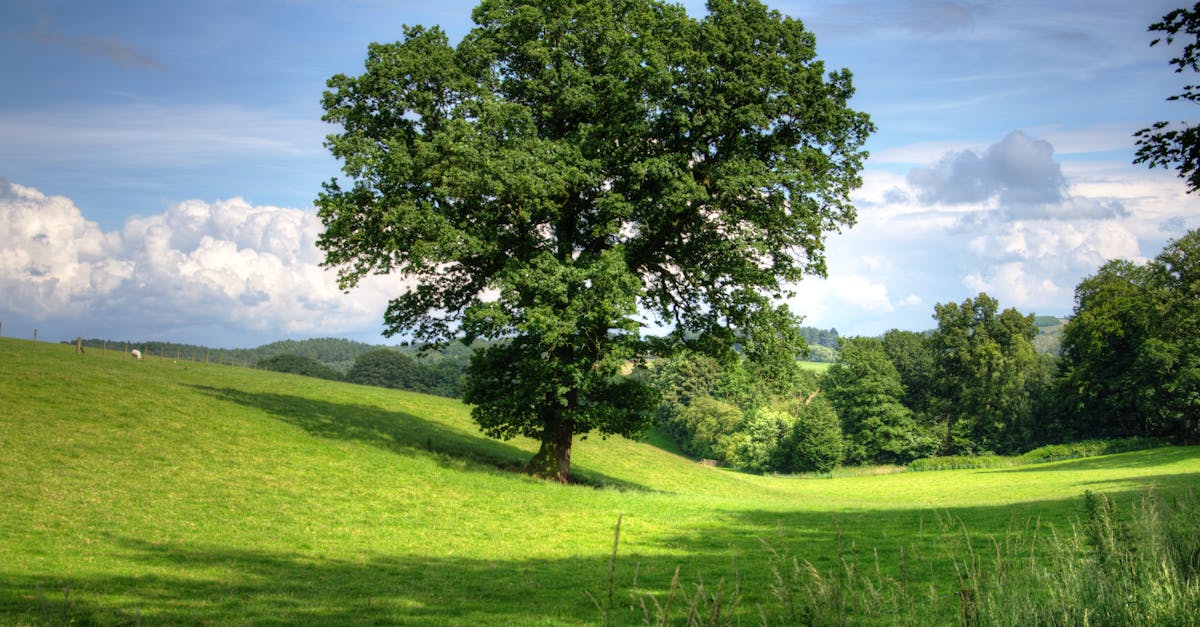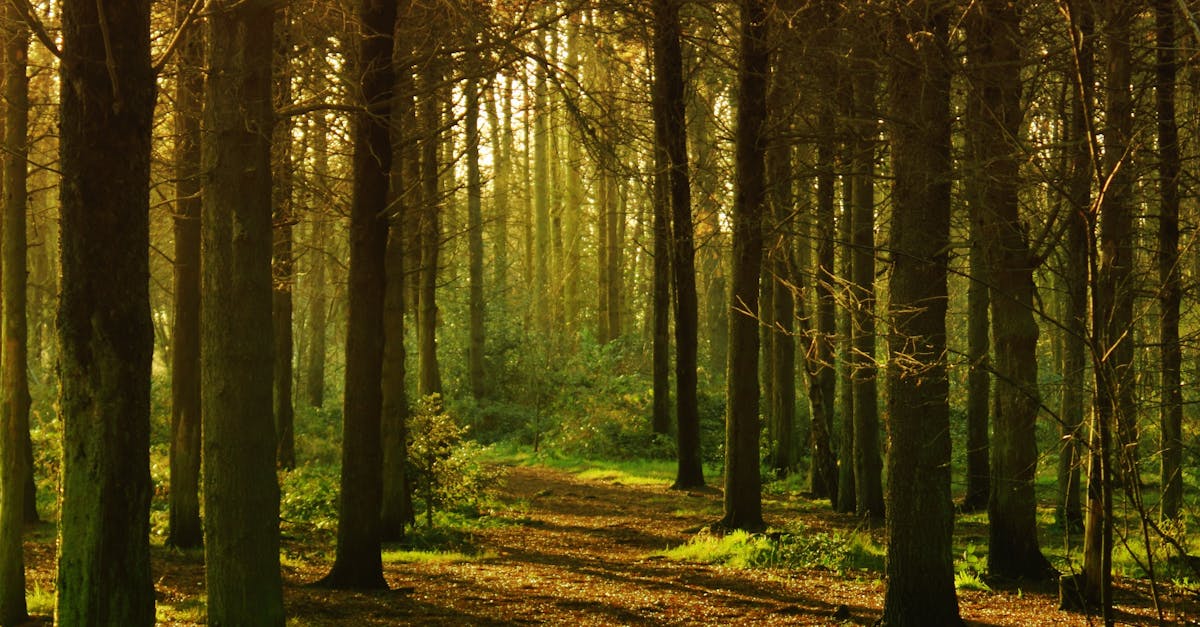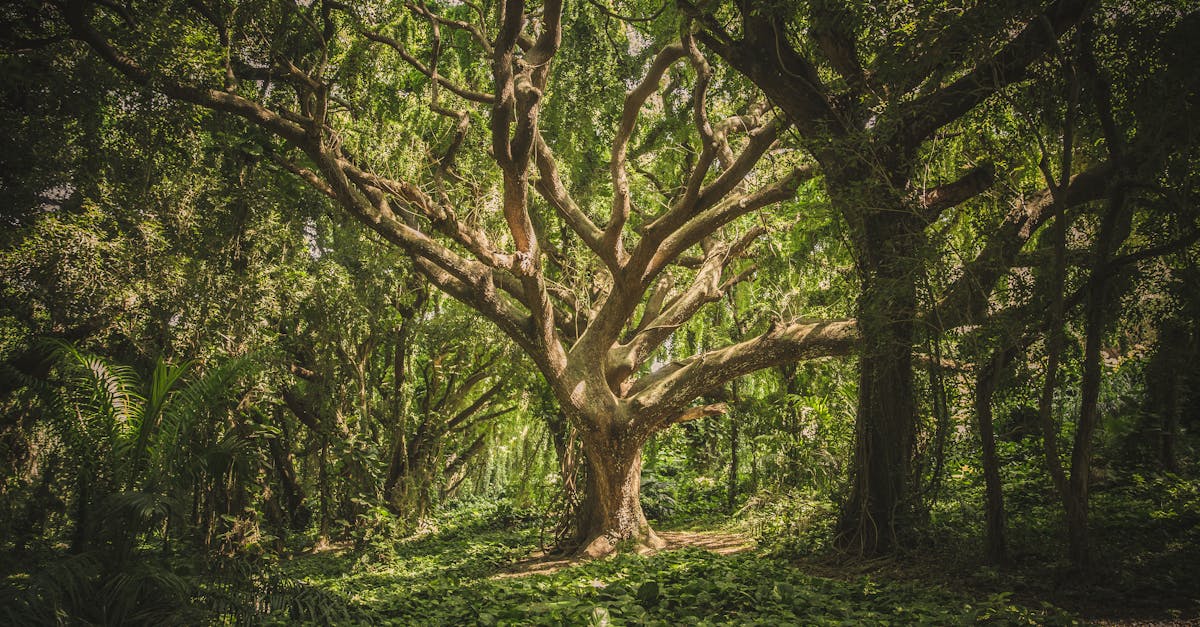
Cost Comparison between Stump Grinding and Digging
Stump grinding and digging up a stump are two methods commonly used for stump removal. When comparing the costs of these two approaches, it is essential to consider factors such as equipment and labor costs. Stump grinding generally involves less labor and equipment compared to digging, making it a more cost-effective solution for many property owners. The convenience of hiring professionals for stump grinding near me often results in a quicker and more budget-friendly option.
In terms of expenses, the equipment and labor costs for stump grinding near me are typically lower than those associated with digging up a stump. Stump grinding equipment is often more accessible and requires less manual labor compared to the excavation process needed for digging. This cost-effective advantage of stump grinding can make it a preferred choice for those looking to efficiently remove a stump from their property.
Equipment and Labor Costs
When comparing the equipment and labor costs between stump grinding and digging up a stump, it is essential to consider the specific requirements of each method. Stump grinding typically involves the use of heavy-duty grinding machinery, which can be rented or hired from professionals. While the costs can vary depending on the size of the stump and the accessibility of the location, it is generally a more cost-effective option when searching for "Stump Grinding near me." On the other hand, digging up a stump requires significant manual labor and heavy excavation equipment, which can increase the overall expenses considerably.
The labor costs associated with stump grinding are relatively lower compared to digging up a stump. Stump grinding professionals are trained to efficiently operate the machinery, reducing the time needed to complete the job. This not only decreases the labor costs but also minimizes the disruption to your property. When evaluating the equipment and labor costs between stump grinding and digging up a stump, it is crucial to weigh the financial implications alongside the efficiency and expertise offered by professionals in your vicinity.
Environmental Impact of Stump Removal Methods
When considering the environmental impact of stump removal methods, it is essential to weigh the consequences of each approach. Stump grinding near me proves to be a more ecologically friendly option compared to digging out the stump. When choosing stump grinding, the method involves breaking down the stump into wood chips that can be used as mulch or easily decomposed back into the soil. This process allows for minimal disturbance to the surrounding landscape, preserving the soil structure and preventing erosion.
On the other hand, digging out a stump can lead to significant soil disturbance and erosion. The heavy equipment required for digging can compact the soil, making it difficult for vegetation to regrow in the area. Moreover, the removal of a stump by digging disrupts the natural ecosystem underground, impacting the microorganisms and organisms that rely on the tree stump for habitat. Considering these factors, the environmental benefits of stump grinding near me become apparent when striving to minimize the ecological footprint of stump removal methods.
Soil Disturbance and Erosion
Soil disturbance and erosion are key factors to consider when deciding between stump grinding or digging up a stump. In terms of soil disturbance, stump grinding near me is often viewed as a less invasive method compared to digging. With stump grinding, the process involves the machine grinding the stump into small wood chips, leaving the root system in the ground to decompose naturally. This method minimizes soil disturbance and preserves the integrity of the surrounding landscape.
On the other hand, digging up a stump involves heavy machinery that can cause significant soil disruption and potential erosion. The digging process can uproot other plants, disturb soil structure, and lead to erosion issues in the surrounding area. This can result in costly repairs to fix the soil and restore the affected landscape. When considering the long-term impact on soil disturbance and erosion, stump grinding may prove to be a more environmentally friendly and sustainable option for effective stump removal.
LongTerm Effects on Landscape
Long-term effects on the landscape should be carefully considered when deciding between stump grinding or removal. Stump grinding near me is a method known for its ability to restore the aesthetics of a property by turning the stump into mulch that can be used to enhance the soil quality. This process eliminates trip hazards and minimizes the potential for pests and diseases to develop around the leftover stump, creating a safer and visually appealing environment.
Alternatively, digging up a stump can result in more drastic changes to the landscape, potentially causing soil disturbance and erosion. The process of uprooting a stump can disrupt the natural structure of the soil and lead to erosion issues over time. This can have lasting effects on the ecosystem of the surrounding area, impacting plant growth and overall landscape stability.
Regrowth Prevention
Regrowth prevention is a crucial aspect to consider when deciding between stump grinding and digging up a stump. The method employed can greatly influence the likelihood of new shoots sprouting from the remnants of the old stump. Stump grinding near me is known to be particularly effective in preventing regrowth as it reduces the stump to wood chips below the soil surface. By removing the stump to a sufficient depth, the remaining roots are unable to produce new growth, ultimately minimizing the need for ongoing maintenance.
On the contrary, digging up a stump may not be as effective in preventing regrowth as grinding. Some root remnants left behind after digging up a stump have the potential to sprout new shoots, necessitating additional efforts to control regrowth. Additionally, the disturbance caused by digging up a stump can create favorable conditions for the regrowth of new vegetation, leading to potential challenges in maintaining a clean and uniform landscape. Considering the long-term implications of regrowth prevention is essential in making an informed decision between the two stump removal methods.
FAQS
Is stump grinding more cost-effective than digging up a stump?
Stump grinding is generally more cost-effective than digging up a stump. The equipment and labor costs for stump grinding are usually lower, making it a more budget-friendly option.
What are the equipment and labor costs associated with stump grinding and digging up a stump?
Stump grinding typically requires a stump grinder machine and one or two operators. Digging up a stump involves heavy machinery like excavators or backhoes and more labor. Therefore, the equipment and labor costs for stump grinding are usually lower compared to digging up a stump.
What are the environmental impacts of stump removal methods like grinding and digging?
Both stump grinding and digging up a stump can have environmental impacts. However, stump grinding is generally considered to have less environmental impact compared to digging up a stump. Stump grinding results in less soil disturbance and erosion, making it a more eco-friendly option.
How do stump removal methods like grinding and digging affect the long-term landscape?
Stump grinding typically leaves behind wood chips and mulch that can break down naturally over time, enriching the soil. This can promote healthy plant growth and prevent regrowth of the stump. On the other hand, digging up a stump may cause more soil disturbance and erosion, impacting the long-term landscape negatively.
What are some ways to prevent regrowth of a stump after removal?
To prevent regrowth of a stump after removal, you can apply a stump killer or herbicide to the stump immediately after grinding or digging it up. This will help prevent new shoots from sprouting and ensure that the stump does not regrow. Additionally, regularly monitoring the area and removing any new growth can help maintain a stump-free landscape.


